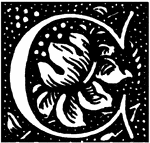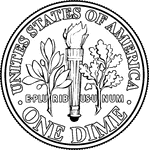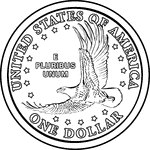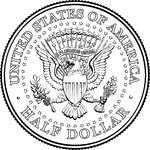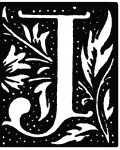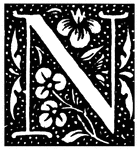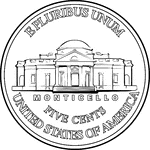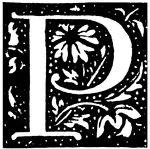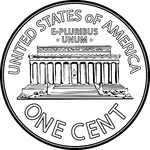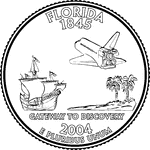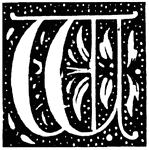Clipart tagged: ‘reverse’

Denarius of Marcellus
The obverse and reverse sides of the Denarius, a Roman coin. The coin depicts Gaius Claudius Marcellus…

Obverse and Reverse Sides of Fanam of Madras
The obverse and reverse sides of the fanam, a small silver coin used in Madras, India.

Reverse Fault
A reverse fault is the opposite of a normal fault — the hanging wall moves up relative to the…

Obverse and Reverse Sides of Gold Florin
"The English name of a gold coin weighing about 55 grains, first issued at Florence in 1252, and having…
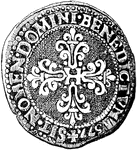
Reverse Side of Silver Franc of Henry III
"A French silver coin and money of account which since 1795 has formed the unit of French monetary system."…
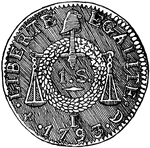
French Sou from 1793, Reverse
"Under Louis XV, and Louis XVI, the sou was struck in copper, and had an intrinsic value of two deniers…

Obverse and Reverse Sides of a Gazzetta
"Gazzetta of the Ionian islands, 1801. A small copper coin, worth about 3 farthings, made in Venice…

Greek Coin
"In the reign of Philip of Macedon, the coinage of Greece had attained its full development, having…
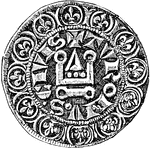
Reverse Side of Gros Tornois
"Gros Tournois of Louis IX. GROS. A coin of relatively large size: applied to silver coins of various…

Guinea
"Guinea of Charles II., 1663. GUINEA. An English gold coin, of the value of 21 shillings, first issued…

Gulden
"Silver gulden of William III., King of the Netherlands, 1867. GULDEN. One of several gold coins in…
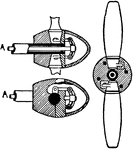
Reversible propeller
"Reversing rod inside hollow propeller shaft: by twisting the blades round, the motion of the boat is…

Salute, a Golden Coin (Reverse)
The coin (front) bears the image of the Virgin Mary receiving Gabriel's salutation. The back of the…
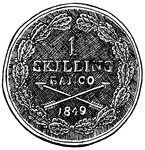
Skilling Coin - Reverse
"A money formerly used in Scandinavia and northern Germany, in some places as a coin and in others as…
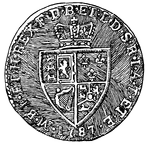
Spade Guinea Coined by George III, Reverse
"A guinea coined by George III during the period 1787-99. It is now so called because the shield of…
